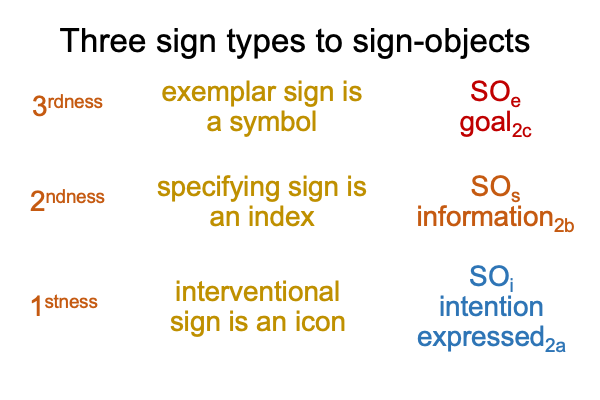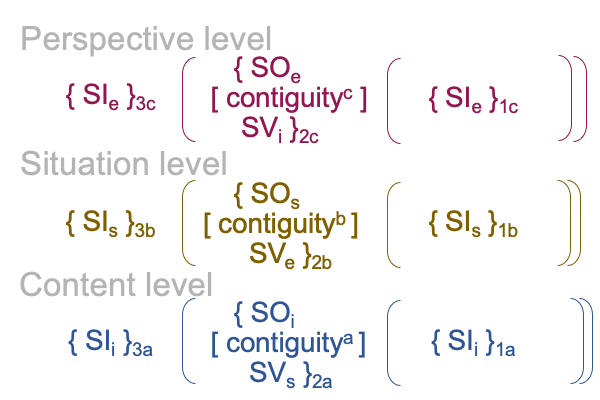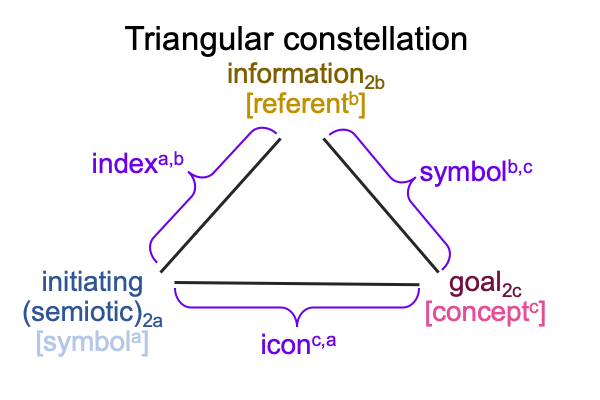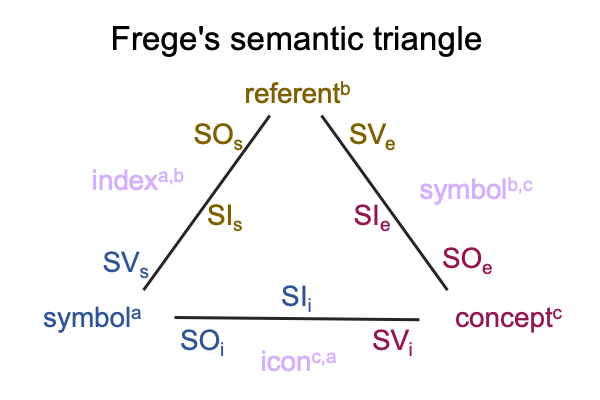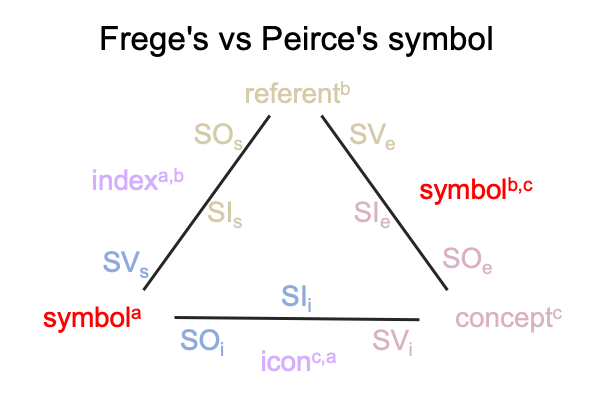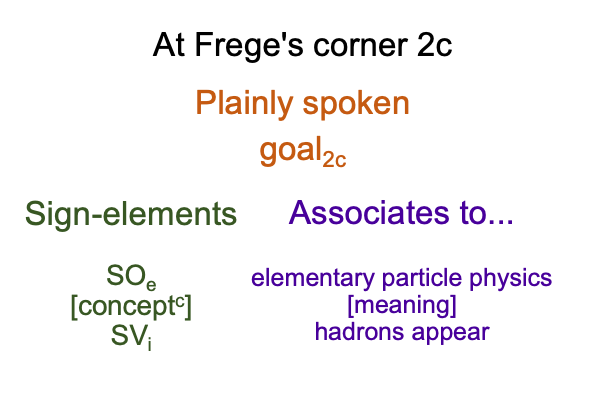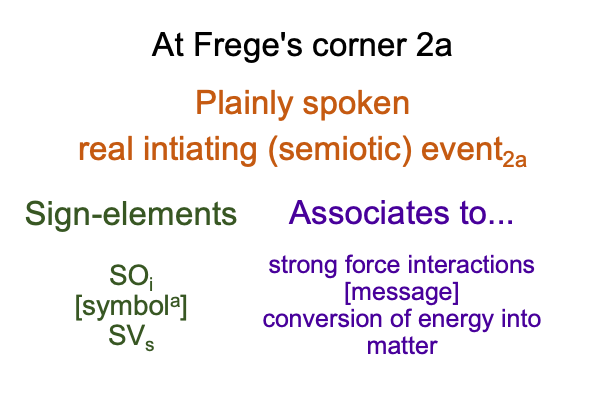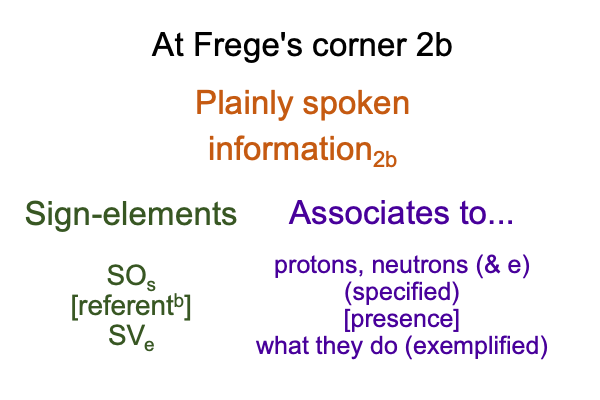Looking at Hugh Ross’s Book (2023) “Rescuing Inerrancy” (Part 24 of 25)
0196 If Genesis One is a sign of the evolutionary record, then the text is a sign-vehicle (SV) and the evolutionary record is a sign-object (SO) and the sign-interpretant is entangled with our human ability to recognize icons, indexes and symbols (SI).
0197 In chapter 18, Ross reports on the impact (on theologians) of the fact that geneticists have disproven an original pair for humanity. Adam and Eve in Genesis 2.4 on are not the first Homo sapiens. Saint Augustine based his doctrine of original sin on the (unfortunately scientific) claim that Adam and Eve are the first humans. Does that mean that the doctrine of original sin must be dismissed?
0198 Perhaps, Augustine’s doctrine of original sin is a little more hardy than that. Surely, the diagnosis is correct. But, the method by which Adam and Eve stand at the headwaters of fallen humanity may need to be revised.
That revision will be marvelous to behold.
0199 The revision fits into Ross’s rescue of “inerrancy” by altering the meaning and the message underlying the term.
Here is a picture.
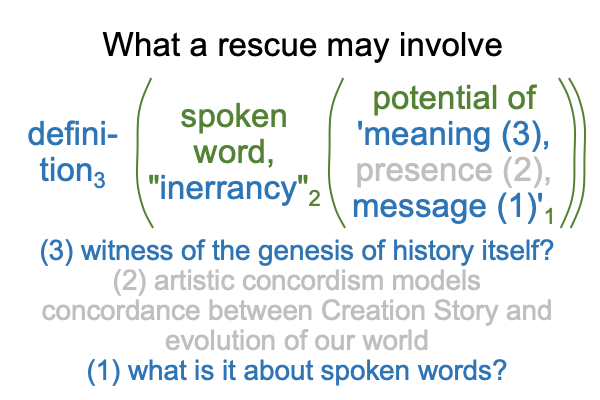
0200 In chapter 19, Ross offers a scientific defense of an original human pair.
Oh, Adam and Eve are “original” alright. But, they are not the first Homo sapiens.
0201 Hugh Ross and Fazale Rana collaborate on a book (500 pages long!) titled, Who Was Adam?
They conclude that, among other things, intelligence and language makes us human.
0202 Ross and Rana discuss intelligence in the natural world. They cover the topic admirably.
Ross and Rana discuss language in the hominin lineage. Was language around by the time of the Neanderthal? Does the Neanderthal and human share a common ancestor?
For example, in this chapter, Ross reports on recent computational neuroanatomical studies comparing Neanderthal fossil and modern human skulls. The researchers conclude that the Neanderthal has a relatively larger occipital lobe and a notable asymmetry. The left cerebellum is larger than the right.
What do these findings indicate?
The occipital lobe is specialized in vision processing. The left cerebellum is likely to be in charge of the right side of the body, in particular, the right hand. Ross concludes that these traits indicate diminished language processing capability.
Mah disagrees. Both increased visual cognitive-acuity and enhanced right-hand voluntary control in the Neanderthal indicate reliance on hand talk, where the right hand is the preferred instrument for talking. In contrast, the globular brain of the human facilitates the addition of a vocal channel to hand talk, so modern brains are adapted to a dual-mode of talking called “hand-speech talk”. Humans practice hand-speech talk from the start of the species until the first singularity.
Razie Mah covers similar topics in The Human Niche (available at smashwords and other e-book venues) as well as in examinations of the works of various evolutionary anthropologists, such as the two-part Comments on Michael Tomasello’s Arc of Inquiry (1999-2019) (available at e-book venues as well as Razie Mah’s blogs for January through March 2024).
0203 But, promo aside, my point is this. Ross and Rana’s discussion seems to be concerned with scientific research, instead of the questions that contribute to a rescue of the inerrancy of the Bible.
Yes, I’m talking about the questions in the above figure. These questions pertain to the stories of Adam and Eve, not the Creation Story.
In regards to meaning, are Adam and Eve signs of the genesis of history itself? The genealogies suggest the case. Stories in the Primeval History (here, defined as Gen.2.4 -11) all take place in southern Mesopotamia during the Ubaid, Uruk and Sumerian Dynastic archaeological periods. Indeed, one can say that the Primeval History is an insider’s view of the trends towards increasing social complexity occurring during these periods.
In regards to message, I ask, “What is it about spoken words? The temptation of Eve has a serpent, who has no hands, therefore cannot engage in hand talk. So, it must address Eve in speech-alone talk. God’s rebuke of Cain, saying that sin is crouching at his door, could indicate that Cain is lying to himself. He is speaking to himself, just as the serpent spoke to Eve. Cain convinces himself that Abel must die. Lamech redefines Cain’s blessing. He does so using spoken words. The pattern continues all the way through the Tower of Babel.”
0204 Is there a proposal to this effect?
0205 Yes, here is a picture.

Notably, what ought to be is different than artistic concordism. What ought to be is a hypothesis that is based on semiotic considerations.
0206 Razie Mah proposes this hypothesis in The First Singularity and Its Fairy Tale Trace, available as an e-article at smashwords and other e-book venues. Look for this essay and its companion essay in The Crystallization of the Fallseries.
Razie Mah authors a dramatization of the discovery of the first singularity in the e-book An Archaeology of the Fall. For the intrepid teacher or seminar leader, a three-part Instructor’s Guide is available.
0207 The hypothesis of the first singularity proposes that civilization is potentiated by a change in the way humans talk,from hand-speech talk to speech-alone talk. The Ubaid culture is the first to practice speech-alone talk. Then, speech-alone talk is adopted by nearby hand-speech talking cultures. Why? The Ubaid has greater wealth and power. Why? Speech-alone talk facilitates explicit abstraction. Explicit abstraction is key to labor and social specialization (wealth and power).
0208 The villages of the Ubaid first appear 7800 years ago, at 0 U0′ (remember “uh-oh prime”?).
At 900 U0′, folk in western Europe begin construction of stone-circle “observatories”.
The town-chiefdoms of the Uruk start around 1800 U0′. Urbanism, monumental building, organized irrigation and writing begin.
The city-states of the Sumerian Dynastic are apparent by 2800 U0′. Civilization arrives around three millennia after the first appearance of speech-alone talking culture (that is, the Ubaid).
0209 All said, Ross and Rana should benefit by Razie Mah’s hypothesis of the first singularity.
Our current Lebenswelt is not the same as the Lebenswelt that we evolved in.
The stories of Adam and Eve, like all the other written origin myths of the ancient Near East, describe the start of our current Lebenswelt.
0210 For one suggestion as to why the stories of Adam and Eve are incorporated into the Bible, when Abraham, the first patriarch, should mark the start of the Genesis text, consider Looking at Mark S. Smith’s Book (2019) “The Genesis of Good and Evil”, running from January 13-31 in Razie Mah’s blog.




